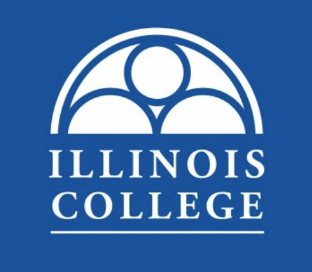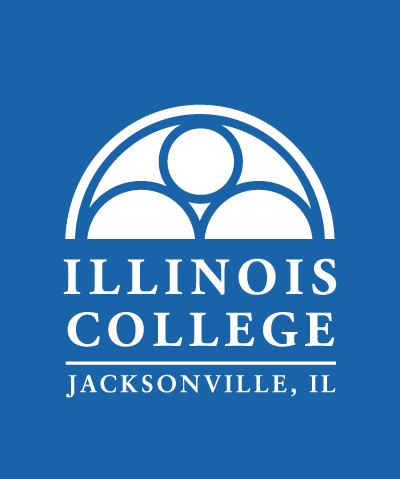Orchid Recovery Program
The Mission of the Orchid Recovery Program at Illinois College is to integrate undergraduate student learning with the conservation of the world’s rarest orchids. The Program seeks to instill in its students an appreciation for our planet’s natural resources, and provide the basic tools for lifelong learning, stewardship, and service.
Illinois College students practice orchid conservation in both the laboratory and field. Many students carry out research projects in remote natural areas here in North America (e.g., Florida Panther National Wildlife Refuge) and also abroad (e.g., Madagascar). Laboratory-based research projects frequently involve using state-of-the-art molecular techniques in Dr. Laura Corey’s laboratory in the Parker Science Building. Research on a continental level is closely tied (coordinated) with the North American Orchid Conservation Center based at the Smithsonian Environmental Research Center in Maryland.
For more information regarding current projects, please visit the Orchid Recovery program page here.
Bat Research at Illinois College
Bats are a critical component of a healthy ecosystem. Did you know that a bat can eat up to their body weight in insects in a single night and that many species are important pollinators of plants?
Illinois College students working with Dr. Arnold have opportunities to conduct both field research examining the social behavior of temperate and tropical bat species (locations include sites in Illinois, South Florida, and in Western Cuba) and laboratory research analyzing acoustic and video recordings, and collecting genetic data using wing punches from captured bats.
Visit Dr. Arnold's page to learn more about his research with bats around the world.
Cornea-lens Regeneration
In the Hamilton Research Lab, our primary research emphasis is on lens regeneration of the eye. Specifically, we study Cornea-Lens Regeneration in the African-clawed frog, Xenopus laevis. In this rare form of lens regeneration, cells from the outer layer of the cornea (cornea epithelium) possess the ability to reform the lens after its complete removal. While most forms of vertebrate regeneration are dependent on residual stem cells of the tissue of interest, cornea-lens regeneration represents a less common form of de novo ("of new") regeneration . In other words, all of the original lens cells can be removed and the lens will regenerate from a non-lens source.
Visit Dr. Hamilton's page to learn more about his research.
Community Ecology Research
I am a microbial community ecologist. My lab uses experimental, mathematical, and computational techniques to investigate fundamental aspects of community ecology. My research primarily focuses on how spatial processes, such as dispersal strategies, influence the population dynamics within and between communities. There are ongoing projects involving Diatom and Arbuscular Mycorrhizal Fungi (AMF) diversity, microbe dispersal and motility, human and bat microbiome community dynamics, network assembly and topographical analysis (including social, ecological, disease transmission and protein interaction networks), as well as other spatial ecology theory.


